Home>diy>Building & Construction>What Does A Flagger Do In Construction
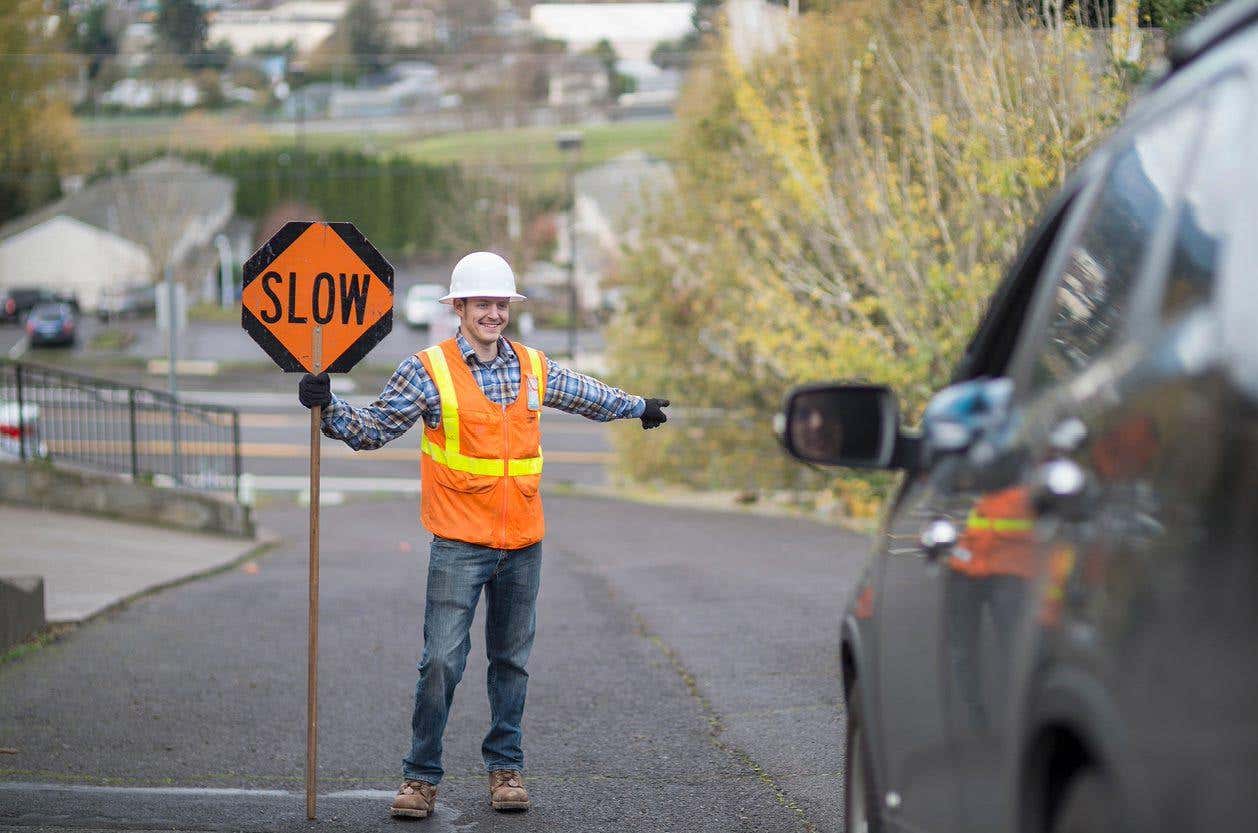

Building & Construction
What Does A Flagger Do In Construction
Modified: May 6, 2024
A flagger plays a crucial role in building construction by directing traffic, ensuring safety, and maintaining a smooth flow of vehicles on construction sites.
(Many of the links in this article redirect to a specific reviewed product. Your purchase of these products through affiliate links helps to generate commission for Storables.com, at no extra cost. Learn more)
Introduction
When it comes to construction sites, safety and efficiency are of utmost importance. One crucial role in ensuring the smooth operation of construction projects is that of a flagger. A flagger plays a crucial role in directing traffic and ensuring the safety of workers and the public in construction zones.
A flagger, also known as a construction flagger or a traffic control person (TCP), is responsible for managing the flow of vehicles and pedestrians in and around construction sites. They serve as the eyes and ears on the ground, ensuring that all traffic movements are coordinated safely and efficiently.
While a flagger’s primary duty is traffic control, their role extends beyond just waving a flag. They act as a liaison between drivers, construction workers, and other stakeholders on the site. A flagger needs to have a clear understanding of construction site protocols, traffic laws, and effective communication skills to perform their duties effectively.
In this article, we will take a closer look at the responsibilities of a flagger and the various aspects of their role in the construction industry.
Key Takeaways:
- Flaggers are essential for maintaining safety and efficiency on construction sites by directing traffic, implementing traffic control plans, and prioritizing safety measures. Their communication skills and adaptability make them indispensable in the construction industry.
- Weather conditions significantly impact flaggers’ work, requiring them to adapt and take additional precautions. Their ability to handle various weather scenarios ensures a safe working environment and the well-being of everyone in construction zones.
Read more: How To Be A Flagger For Construction
Responsibilities of a Flagger
A flagger has a range of responsibilities that are centered around traffic control and ensuring the safety of all individuals within the construction zone. Here are some key responsibilities of a flagger:
- Directing Traffic: The primary responsibility of a flagger is to direct traffic and manage the flow of vehicles safely through construction zones. They use hand signals, flags, or other designated communication devices to guide drivers and ensure a smooth traffic flow.
- Ensuring Safety: Flaggers play a critical role in ensuring the safety of construction workers, motorists, and pedestrians. They must be vigilant in monitoring the movement of vehicles and pedestrians, identifying potential hazards, and taking proper measures to mitigate risks.
- Implementing Traffic Control Plans: Flaggers work closely with project managers and traffic control supervisors to implement traffic control plans. These plans outline specific strategies for routing traffic, setting up signage, and creating safe zones within the construction site.
- Coordinating with Construction Crews: Flaggers act as a liaison between construction crews and drivers. They communicate with construction personnel to ensure that traffic flow aligns with ongoing construction activities. This coordination helps prevent accidents and keeps the construction process efficient.
- Monitoring Speed Limits: Flaggers are responsible for ensuring that drivers adhere to specified speed limits within construction zones. They may use speed-monitoring devices or communicate with law enforcement if necessary to enforce speed restrictions.
- Providing Instructions to Drivers: Flaggers provide clear and concise instructions to drivers, indicating when to stop, proceed, or change lanes. They must have good communication skills and be able to give directions quickly and effectively to avoid confusion or accidents.
- Responding to Emergencies: Flaggers are trained to handle emergencies that may arise within the construction zone. This can include redirecting traffic in the event of an accident, assisting with vehicle breakdowns, or coordinating with emergency services when necessary.
These are just a few of the key responsibilities of a flagger. Their role is dynamic and requires constant attentiveness to ensure the safety and efficiency of construction site operations.
Traffic Control
Traffic control is a vital aspect of a flagger’s role in construction. Effective traffic control measures help maintain the flow of vehicles and pedestrians while minimizing disruption and ensuring the safety of everyone involved. Here are some key elements of traffic control that flaggers need to consider:
- Proper Signage and Markings: Flaggers are responsible for setting up and maintaining clear signage and road markings to guide drivers and pedestrians through the construction zone. This may include detour signs, lane closure signs, speed limit signs, and other route indicators.
- Traffic Cones and Barriers: Flaggers use traffic cones and barriers to create distinct work zones and safely guide traffic around construction areas. These physical barricades help separate the work zone from the flow of traffic and protect workers from potential hazards.
- Safe Flagging Stations: Flaggers position themselves strategically at designated flagging stations where they have a clear view of approaching traffic. These stations are typically marked with flags or signage to indicate their presence to drivers.
- Traffic Monitoring: Flaggers must continuously monitor the movement of vehicles and pedestrians within construction zones. They are trained to identify potential hazards, erratic driving patterns, or noncompliance with traffic regulations that could endanger workers or the public.
- Coordinating with Traffic Control Devices: Flaggers work in tandem with traffic control devices, such as traffic lights or temporary traffic signals, when present at construction sites. They synchronize their actions with the signals to maintain a smooth and safe flow of traffic.
- Monitoring Intersection Traffic: In some cases, flaggers are responsible for controlling traffic at intersections near the construction site. This involves guiding vehicles through the intersection and ensuring that all directions of traffic are managed safely.
- Adapting to Traffic Patterns: Traffic patterns can vary throughout the day, depending on peak hours or other factors. Flaggers must adapt to these patterns and make appropriate adjustments to traffic control measures to accommodate changing traffic flows and maintain efficiency.
Through effective traffic control, flaggers help mitigate the risks associated with construction zones, ensuring the safety of workers and the general public. Their proactive approach to managing traffic flow helps prevent accidents and potential disruptions to the construction process.
Safety Measures
In construction, safety is always the top priority. Flaggers play a crucial role in maintaining a safe environment within construction zones. Here are some key safety measures that flaggers must adhere to:
- Personal Protective Equipment (PPE): Flaggers are required to wear the appropriate personal protective equipment, including high-visibility clothing, hard hats, safety vests, and steel-toed boots. This ensures their visibility to drivers and protects them from potential hazards on the construction site.
- Training and Certification: Flaggers undergo specialized training programs to acquire the necessary skills and knowledge for their role. They learn about traffic control procedures, safety protocols, and effective communication techniques. Obtaining proper certification ensures that flaggers are well-prepared and capable of handling their responsibilities.
- Situational Awareness: Flaggers must stay vigilant and maintain situational awareness at all times. They continuously scan their surroundings, looking out for hazards, unpredictable driver behavior, or any other potential dangers.
- Physical Barriers: Flaggers may set up physical barriers, such as cones or barricades, to keep vehicles and pedestrians away from the work zone. These barriers create a safety buffer and protect workers from accidental intrusions.
- Communication: Flaggers rely on effective communication to ensure the safety of everyone on the construction site. They use clear and concise hand signals, verbal instructions, and communication devices to convey messages to drivers, construction crews, and colleagues.
- Emergency Preparedness: Flaggers are trained to respond quickly and appropriately to emergencies that may arise within the construction zone. They know the emergency procedures, including how to evacuate the area and how to contact emergency services if needed.
- Continuous Training and Improvement: Safety practices and regulations may evolve over time. Flaggers should regularly participate in training programs to stay up-to-date with the latest industry standards and best practices for ensuring safety on construction sites.
By adhering to these safety measures, flaggers contribute to creating a safe working environment for construction crews and maintaining the well-being of the public passing through construction zones. Their commitment to safety is essential for preventing accidents and minimizing risks within the construction industry.
A flagger in construction is responsible for directing traffic and ensuring the safety of workers and the public. They use flags, signs, and hand signals to communicate with drivers. Always pay attention to flagger instructions and be prepared to stop or slow down as directed.
Communication Skills
Effective communication is a crucial skill for flaggers in the construction industry. As the liaisons between drivers, construction crews, and other stakeholders, flaggers must be able to convey information clearly and ensure that everyone understands and follows their instructions. Here are some key communication skills that flaggers must possess:
- Clear Verbal Communication: Flaggers need to communicate with drivers using clear and concise verbal instructions. They must speak loudly and articulately, ensuring that their directions are easily understood amidst the noise and distractions of the construction site.
- Use of Hand Signals: In addition to verbal communication, flaggers use hand signals to convey messages to drivers. These signals are standardized and universally understood, allowing flaggers to communicate their instructions effectively even in situations where verbal communication may be challenging.
- Active Listening: Flaggers must actively listen to drivers and construction crews to understand their concerns or questions. By practicing active listening, they can address any issues promptly and effectively, ensuring a smooth flow of communication.
- Non-Verbal Communication: Flaggers must be aware of their body language and facial expressions. A confident and approachable demeanor helps establish trust and promotes effective communication with drivers and construction crews.
- Conflict Resolution: In some situations, flaggers may encounter disgruntled or impatient drivers. Flaggers need to remain calm and composed, employing conflict resolution techniques to defuse any potential confrontations and maintain a safe and respectful environment.
- Interdepartmental Communication: Flaggers work closely with construction crews, project managers, and traffic control supervisors. They need to effectively communicate updates, safety concerns, and any changes in traffic control plans to ensure everyone is on the same page.
- Teamwork: Flaggers often work as part of a team, coordinating with other flaggers to manage traffic in complex construction zones. Strong teamwork and effective communication with fellow flaggers help ensure the safety and efficiency of traffic control operations.
By possessing excellent communication skills, flaggers can effectively convey information, maintain order, and ensure the safety of both workers and the public within construction zones. Their ability to communicate clearly and confidently is vital in preventing accidents and maintaining a harmonious working environment.
Read more: How Much Do Construction Flaggers Make
Equipment and Tools
Flaggers rely on various equipment and tools to carry out their responsibilities effectively and ensure traffic control in construction zones. Here are some essential equipment and tools commonly used by flaggers:
- Flags: Flags are the most recognizable tool used by flaggers. They are typically brightly colored with reflective material to enhance visibility. Flags are waved or held in a specific manner to communicate with drivers and indicate when they need to stop, proceed, or change lanes.
- Stop/Slow Paddles: These handheld paddles have the words “STOP” and “SLOW” printed on opposite sides. Flaggers use these paddles to clearly and quickly communicate with drivers, indicating when they should stop or proceed with caution.
- High-Visibility Clothing: Flaggers wear high-visibility clothing, such as safety vests, to ensure they are easily seen by motorists and construction crews. The bright colors and reflective materials significantly enhance their visibility, especially in low-light conditions.
- Radios: Flaggers often use two-way radios to communicate with other flaggers, construction crews, and project supervisors. Radios allow for quick and efficient communication, especially in situations where verbal communication may be challenging.
- Whistles: Whistles are often used in conjunction with hand signals or flags to attract the attention of drivers or construction crews. Flaggers may blow a whistle to signal a change in traffic pattern or to alert workers of potential hazards.
- Signage: Flaggers set up and maintain various signs to provide clear direction to motorists and pedestrians. This may include detour signs, lane closure signs, pedestrian crossing signs, and other warning signs to ensure that traffic is properly guided through the construction zone.
- Portable Traffic Lights: In some instances, flaggers use portable traffic lights to assist with traffic control. These lights simulate regular traffic signals, allowing flaggers to control the flow of vehicles at intersections or specific construction areas.
These equipment and tools are essential for flaggers to effectively manage traffic, communicate with drivers, and create a safe environment in construction zones. Proper use and maintenance of these tools are vital for the successful execution of a flagger’s responsibilities.
Weather Conditions
Weather conditions play a significant role in the work of flaggers and the overall safety of construction zones. Flaggers need to adapt and take additional precautions depending on the weather conditions they encounter. Here are some common weather conditions and the implications for flaggers:
- High Winds: Strong gusts of wind can affect a flagger’s ability to effectively control flags or signs. Flaggers must ensure they have a firm grip on their tools and maintain a stable position to avoid accidents or loss of control due to wind.
- Heavy Rain or Snow: Flaggers must wear appropriate rain gear or cold weather clothing to protect themselves from inclement weather. They need to ensure their visibility is not compromised, and that they can still effectively communicate with drivers despite the rain or snow.
- Fog or Low Visibility: In foggy conditions, flaggers may need to adjust their techniques to enhance visibility. This may include using additional flags, reflective clothing, or lighting devices to increase their visibility to drivers in low visibility situations.
- Extreme Heat: In hot weather, flaggers must take measures to protect themselves from heat-related illnesses, such as heat stroke or dehydration. Staying hydrated, taking regular breaks, and wearing appropriate clothing to prevent sunburn are essential precautions in extreme heat conditions.
- Ice or Slippery Surfaces: Flaggers need to be aware of slippery surfaces caused by ice or snow and take extra caution to prevent falls or accidents. Using appropriate footwear with good traction and maintaining a stable footing is crucial in icy conditions.
- Severe Weather Warnings: Flaggers need to stay informed about severe weather warnings or alerts issued by local authorities. They should follow proper protocols and evacuate the construction zone if necessary to ensure their own safety and the safety of others.
Flaggers should undergo training on how to handle various weather conditions and receive guidance on when it may be necessary to suspend or modify their flagging activities to prioritize safety. Being prepared for different weather scenarios helps flaggers maintain a safe working environment and ensure the well-being of everyone in the construction zone.
Conclusion
Flaggers play a critical role in ensuring the safety and efficiency of construction sites by managing traffic flow and communicating with drivers and construction crews. Their responsibilities extend beyond waving a flag, as they must possess strong communication skills, be knowledgeable in traffic control techniques, and constantly prioritize safety.
From directing traffic and implementing traffic control plans to ensuring the use of proper safety measures, flaggers are essential in maintaining order and preventing accidents within construction zones. Their ability to effectively communicate with drivers, construction crews, and other stakeholders is paramount in creating a safe and productive working environment.
Flaggers rely on various tools and equipment, such as flags, paddles, radios, and high-visibility clothing, to perform their duties effectively. They must also adapt to different weather conditions and take additional precautions to ensure their own safety and the smooth operation of traffic control in construction zones.
Through their dedication to safety and their willingness to adapt, flaggers contribute significantly to the successful completion of construction projects. Their diligence and expertise in managing traffic flow and ensuring the safety of workers and the public make them indispensable members of the construction industry.
In conclusion, flaggers play an integral role in maintaining safety, order, and efficiency within construction zones. Their responsibilities, communication skills, and adherence to safety measures make them invaluable assets to construction projects, contributing to the overall success of any construction endeavor.
Curious about the bigger picture in construction beyond flagging? Understanding why construction safety is crucial can save lives and prevent injuries. Dive into our detailed discussion on construction safety to grasp the essentials of keeping workers and passersby safe. Additionally, if you're puzzled about the various facets of a build site, our comprehensive article on what a construction site is will provide clarity. Both articles offer invaluable insights into the complex world of construction.
Frequently Asked Questions about What Does A Flagger Do In Construction
Was this page helpful?
At Storables.com, we guarantee accurate and reliable information. Our content, validated by Expert Board Contributors, is crafted following stringent Editorial Policies. We're committed to providing you with well-researched, expert-backed insights for all your informational needs.
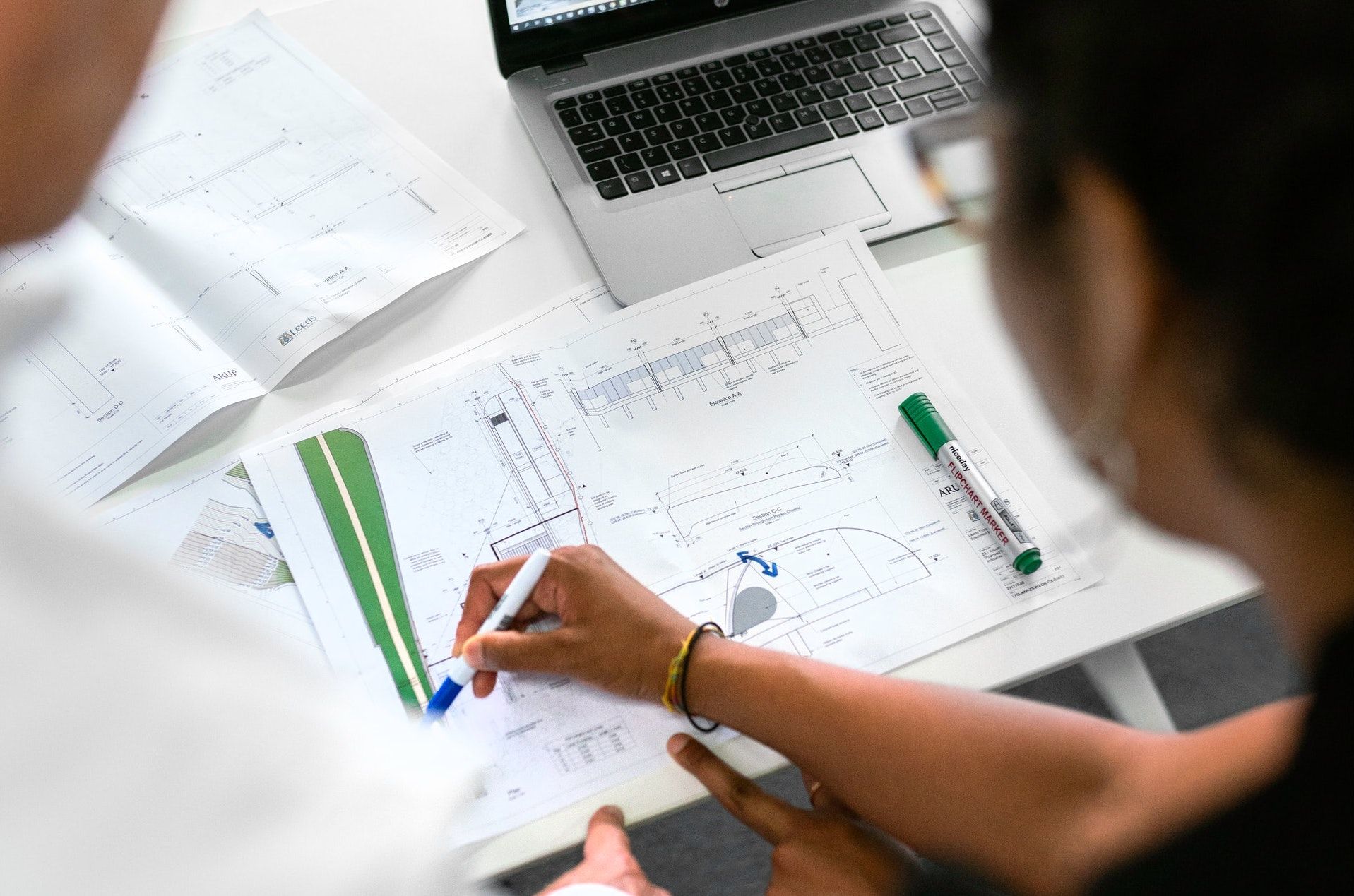

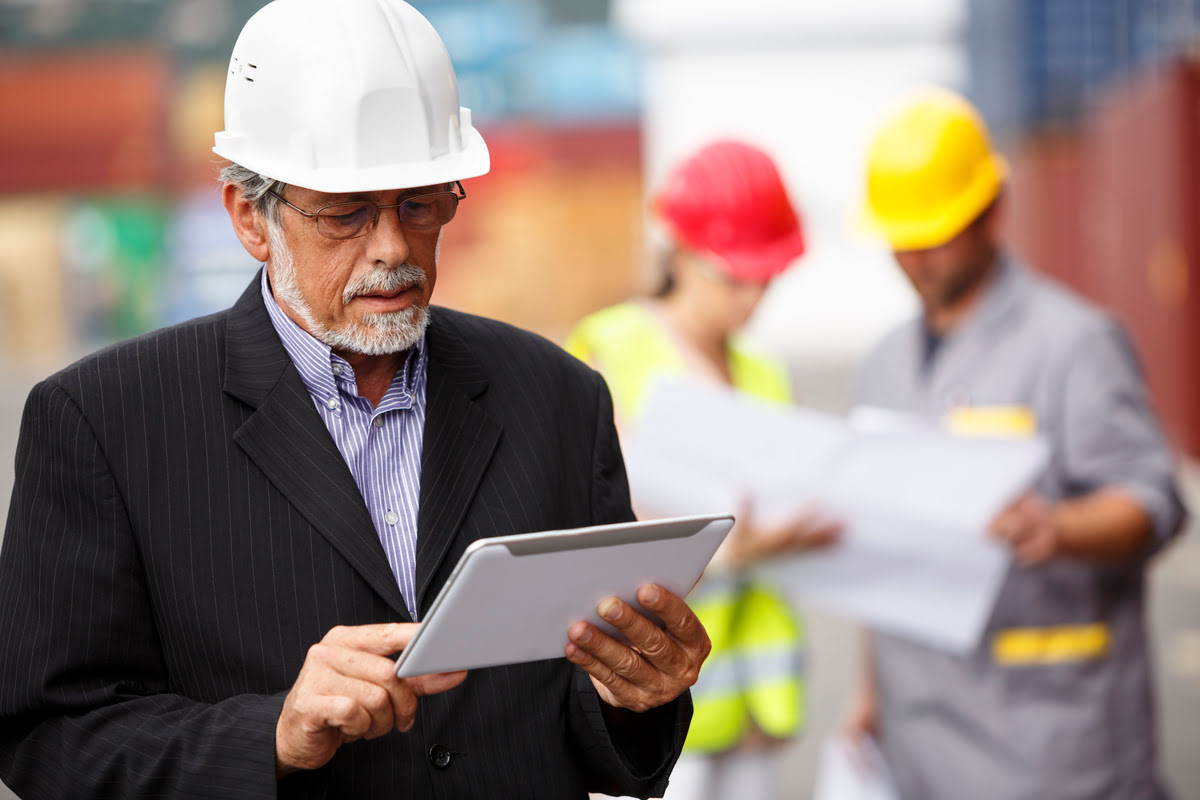
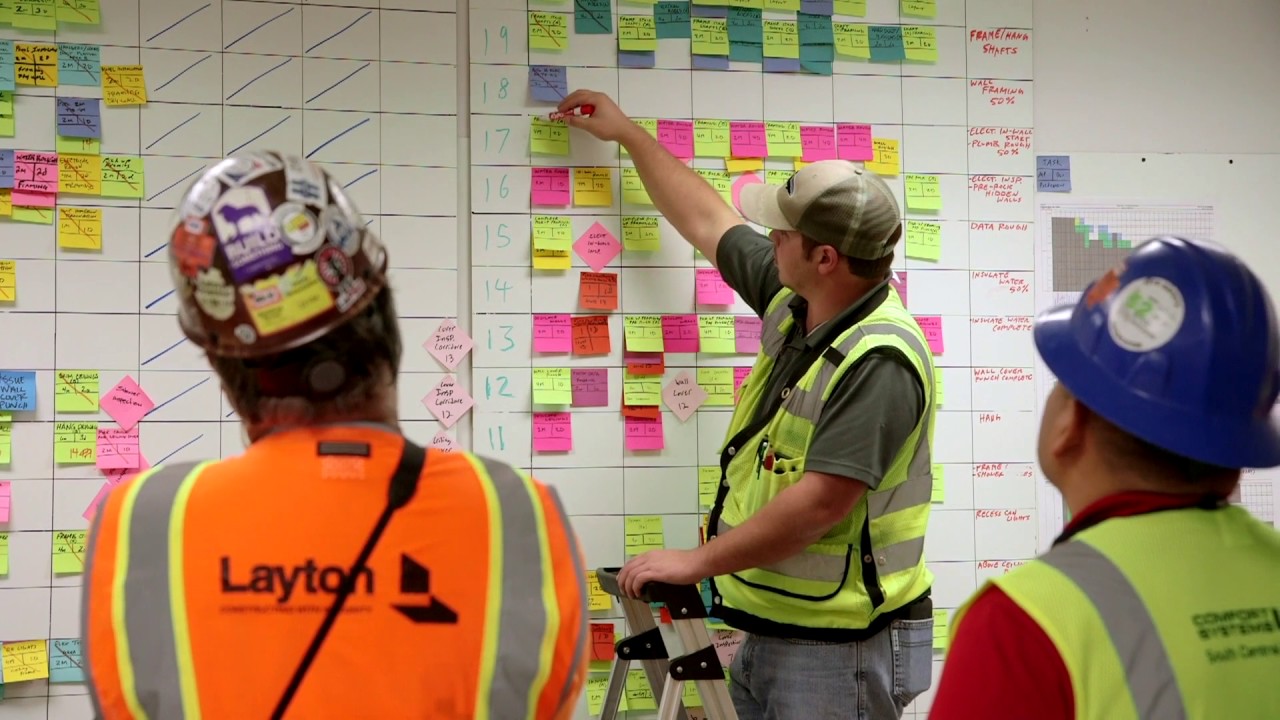
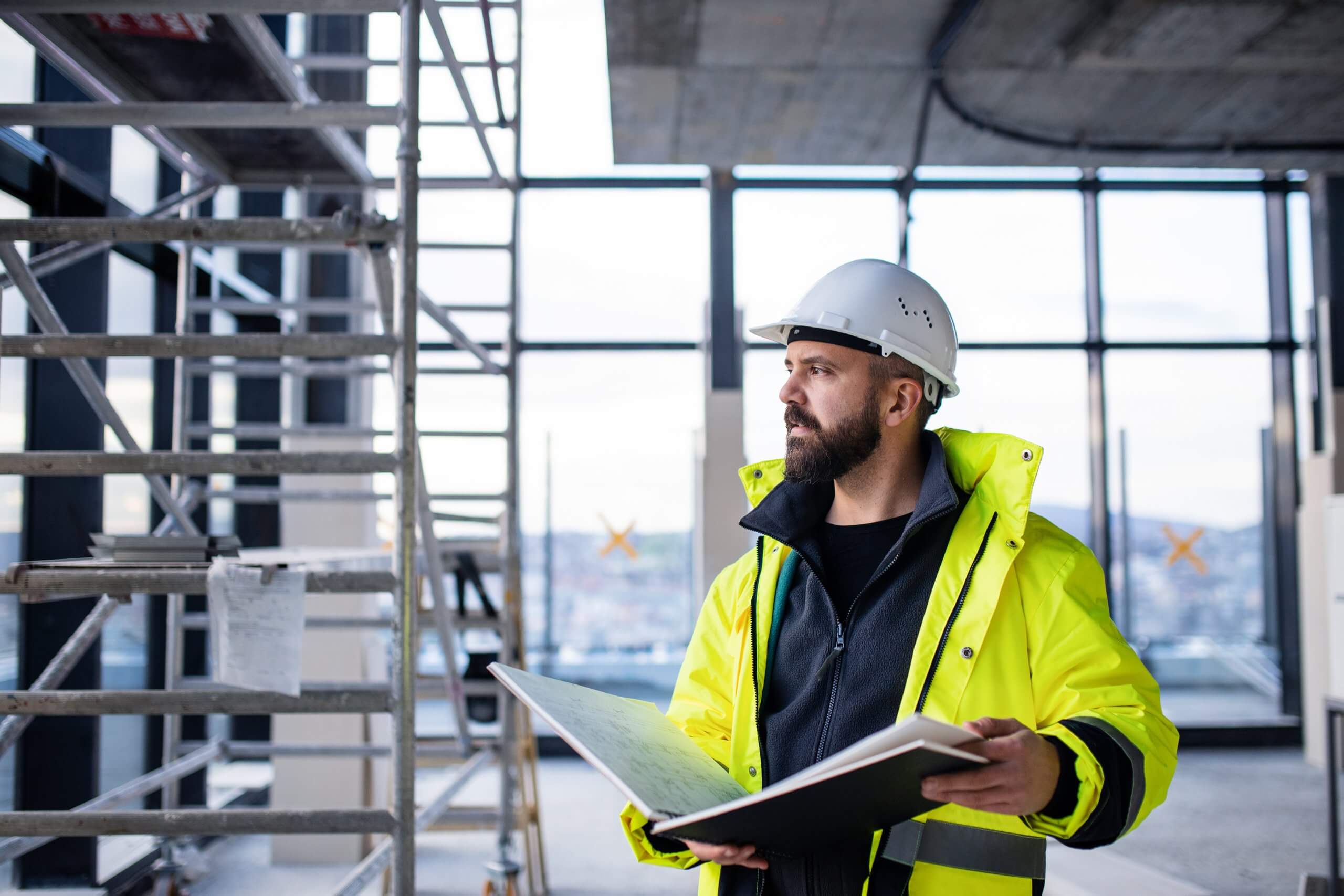
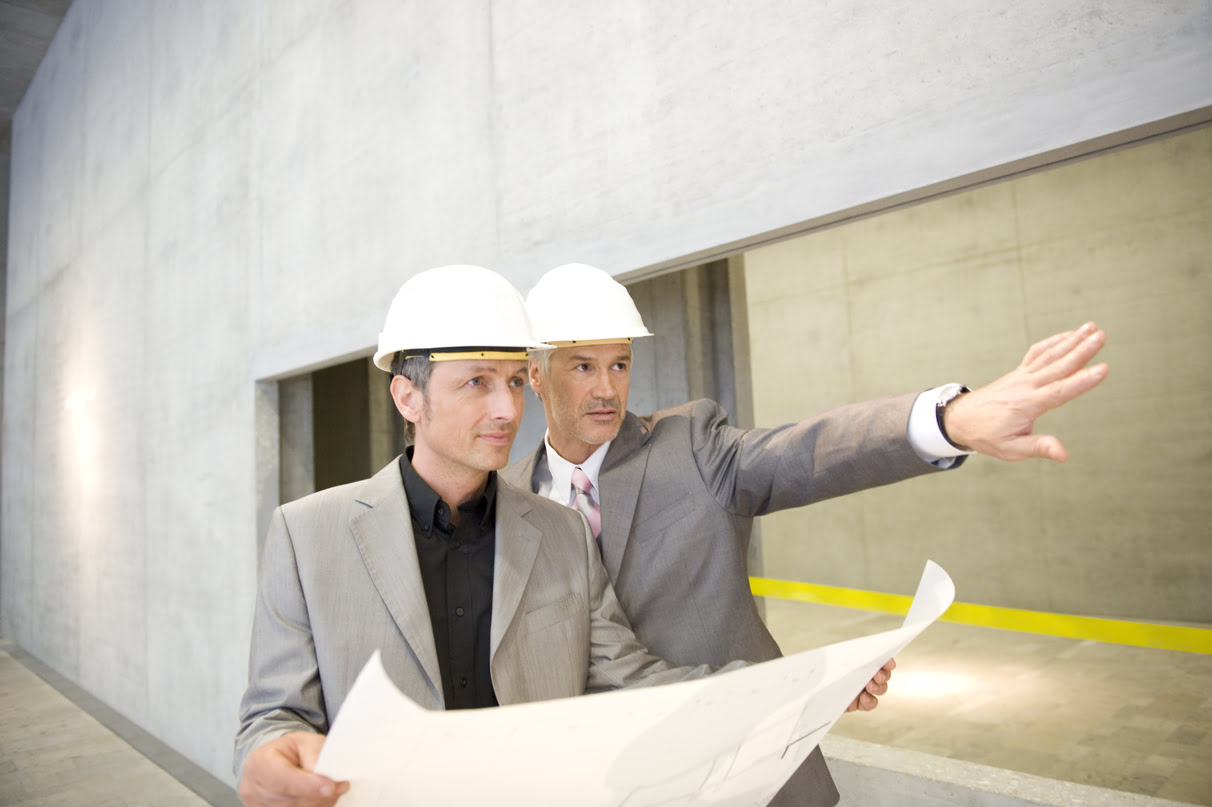
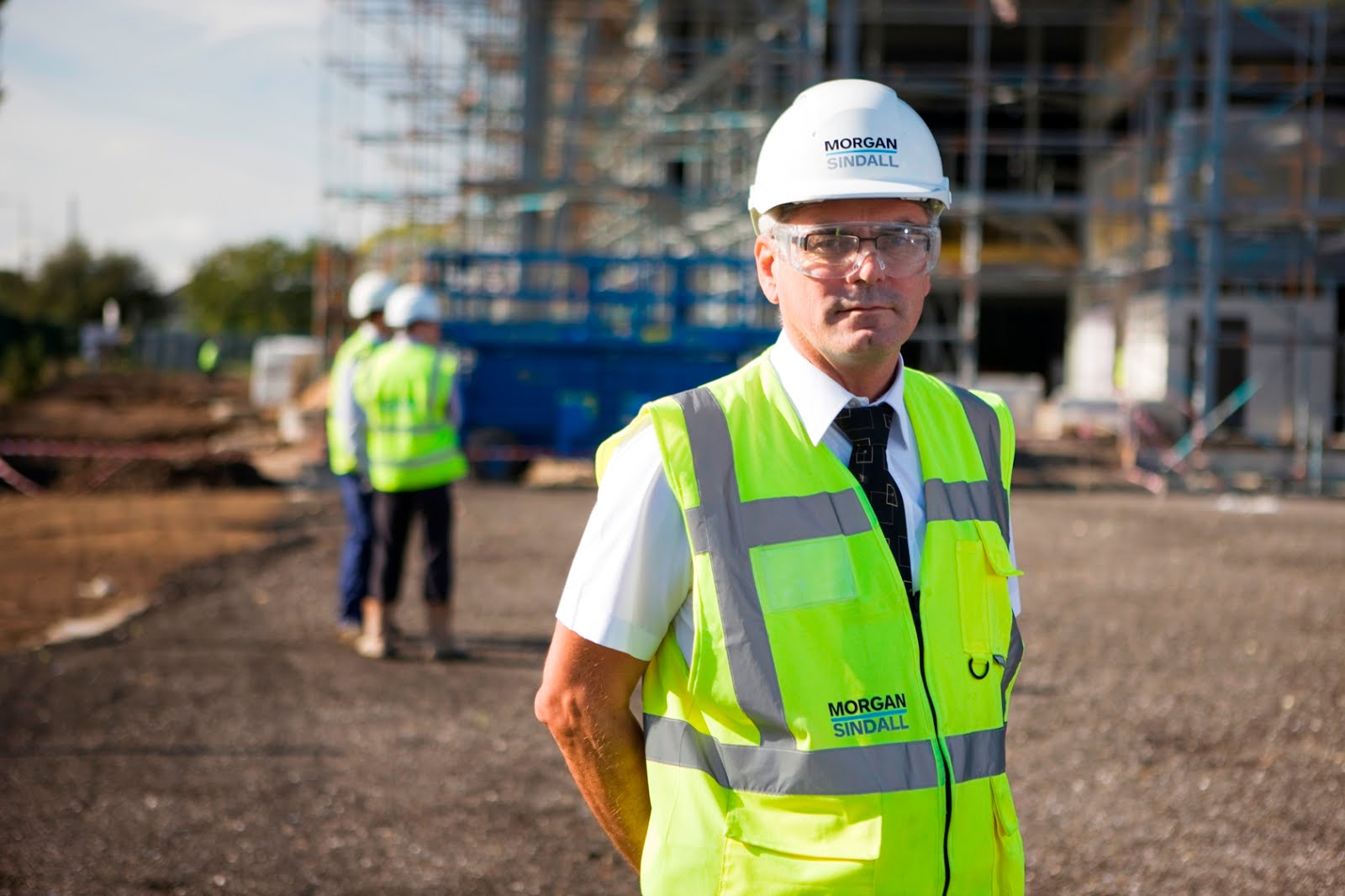
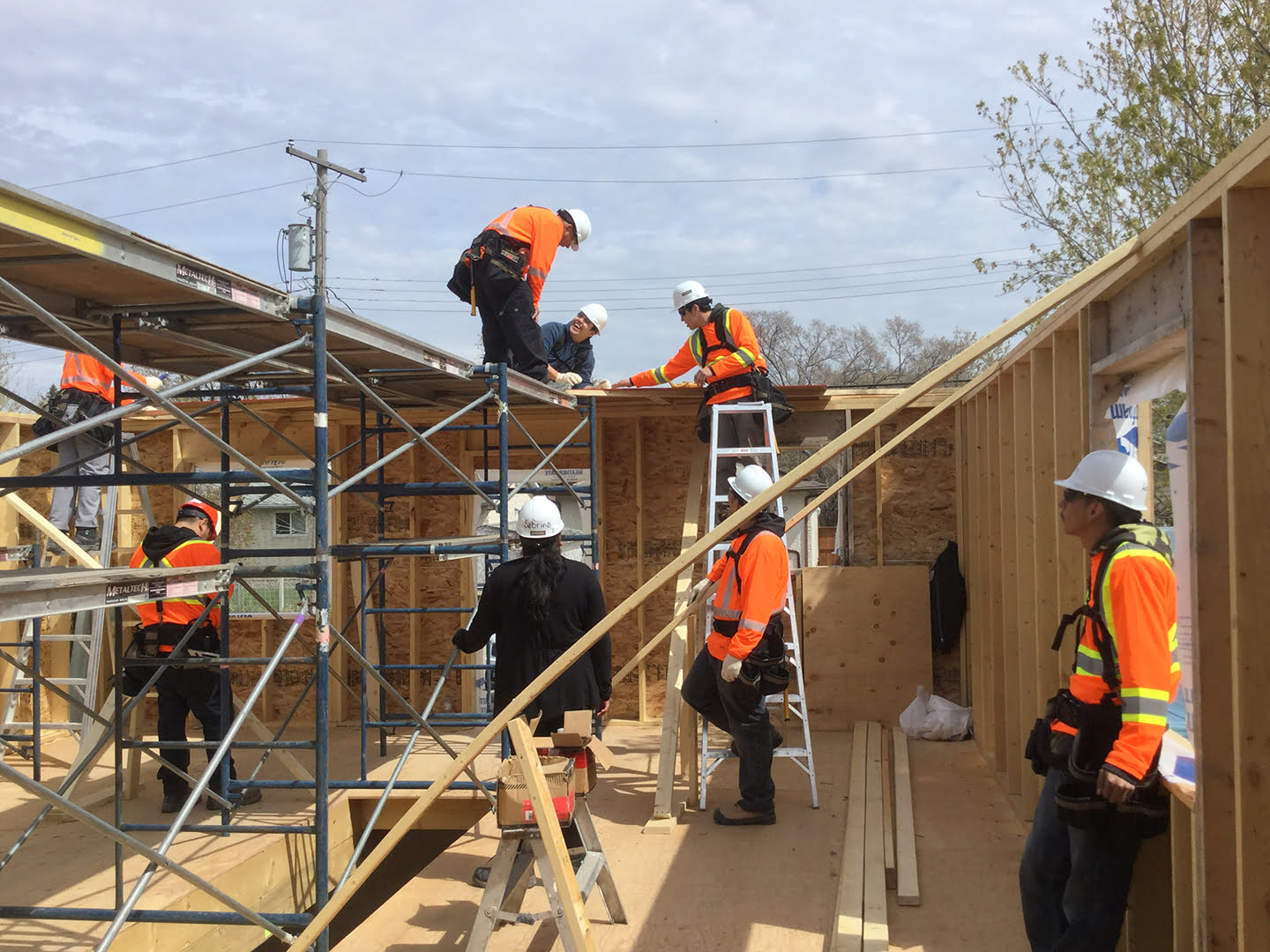
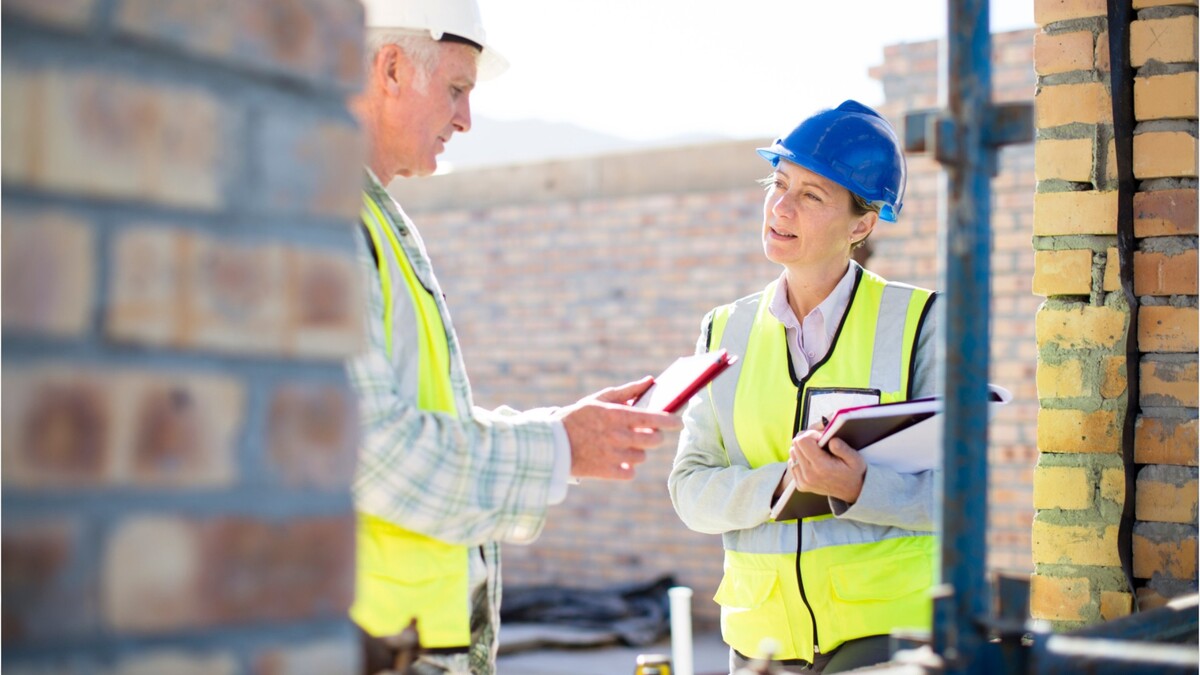
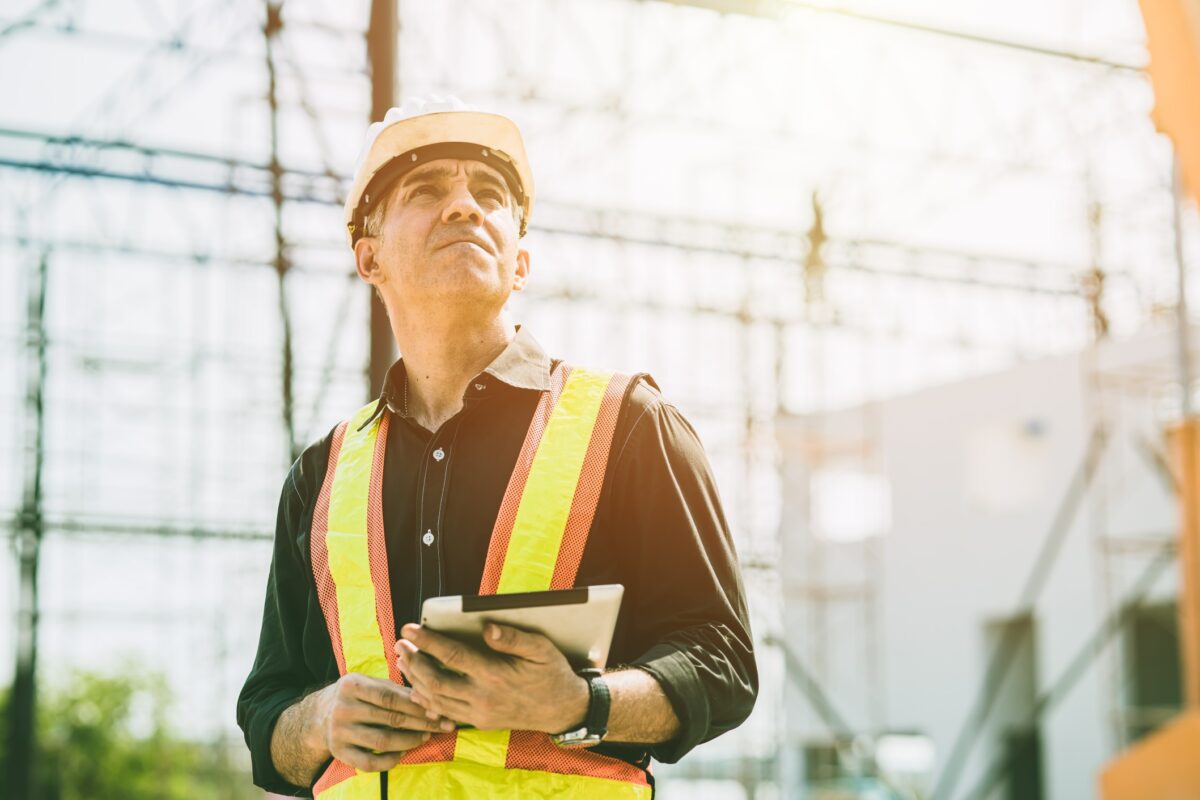
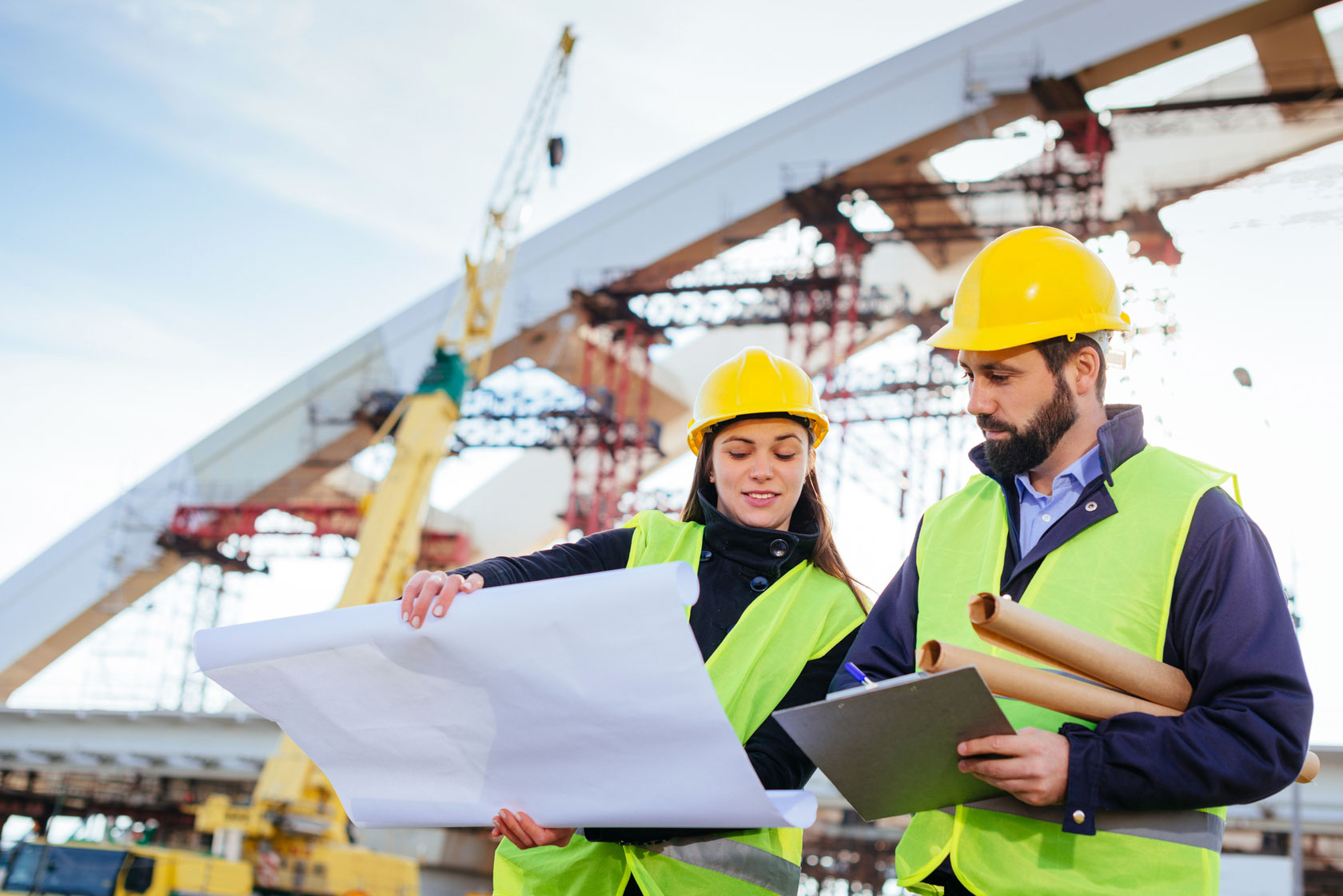
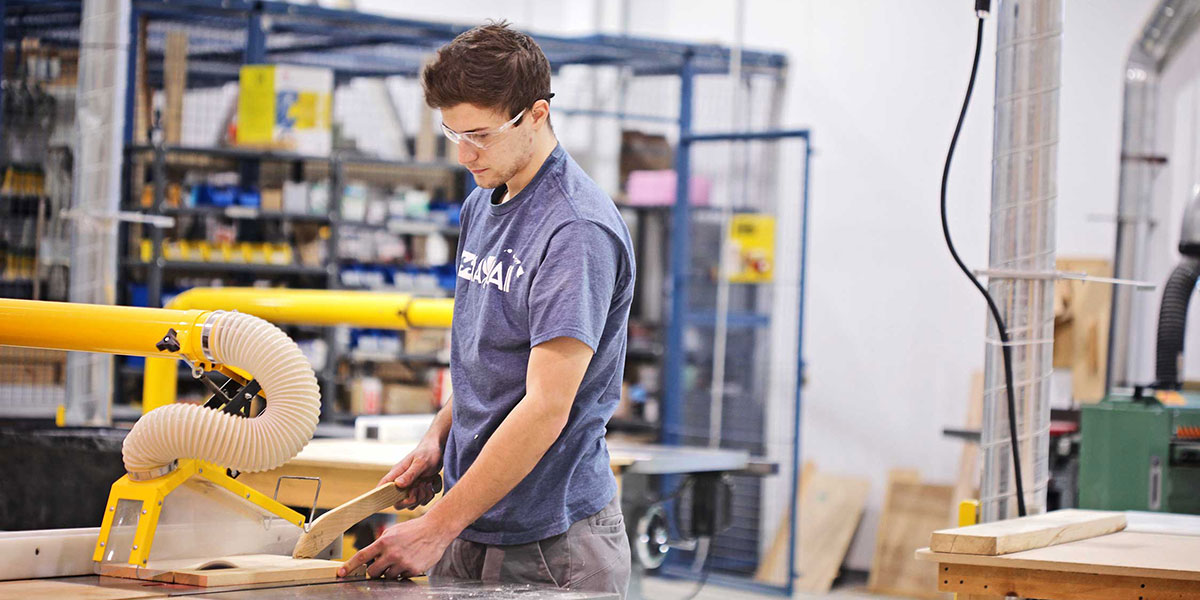
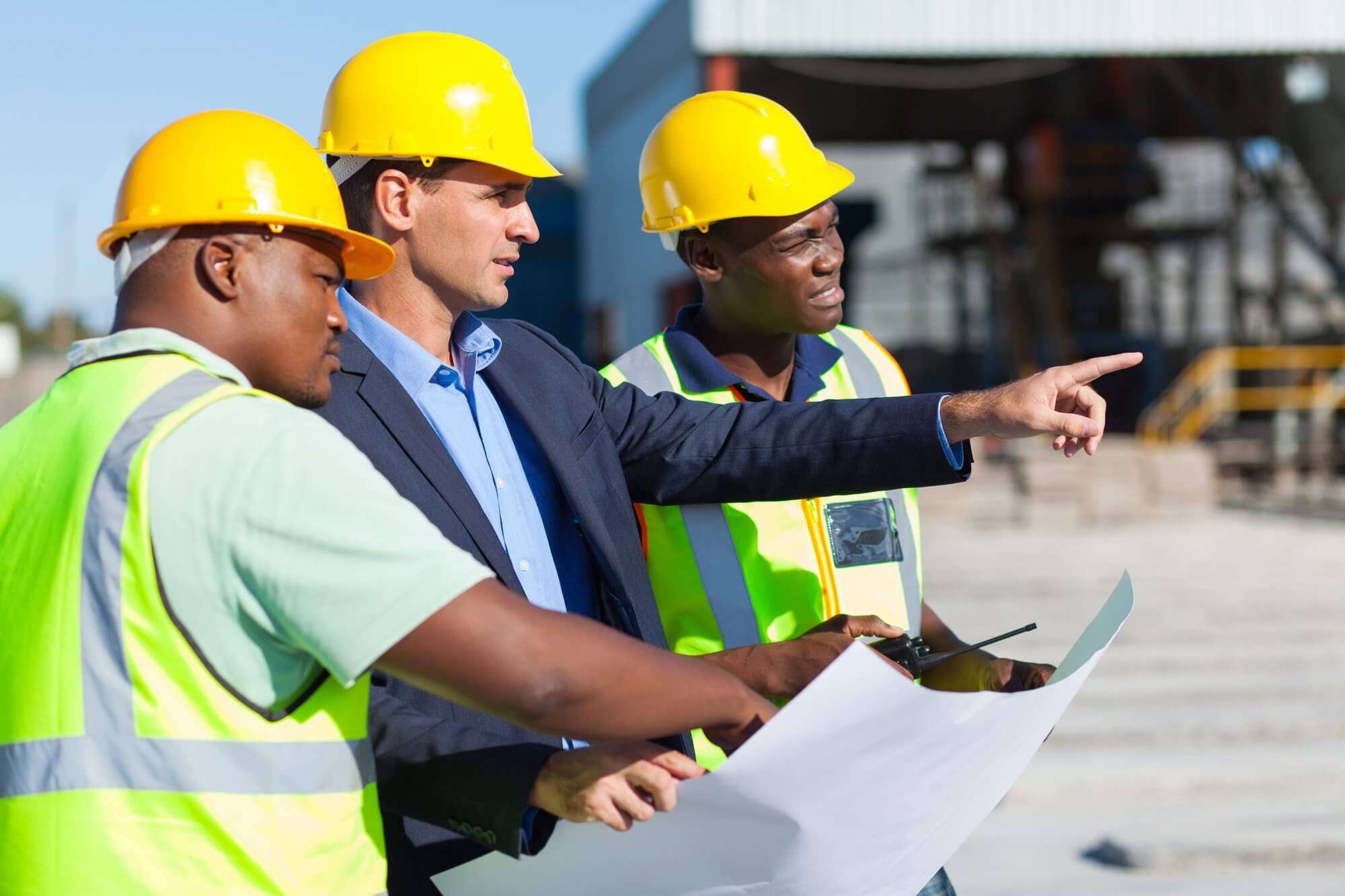
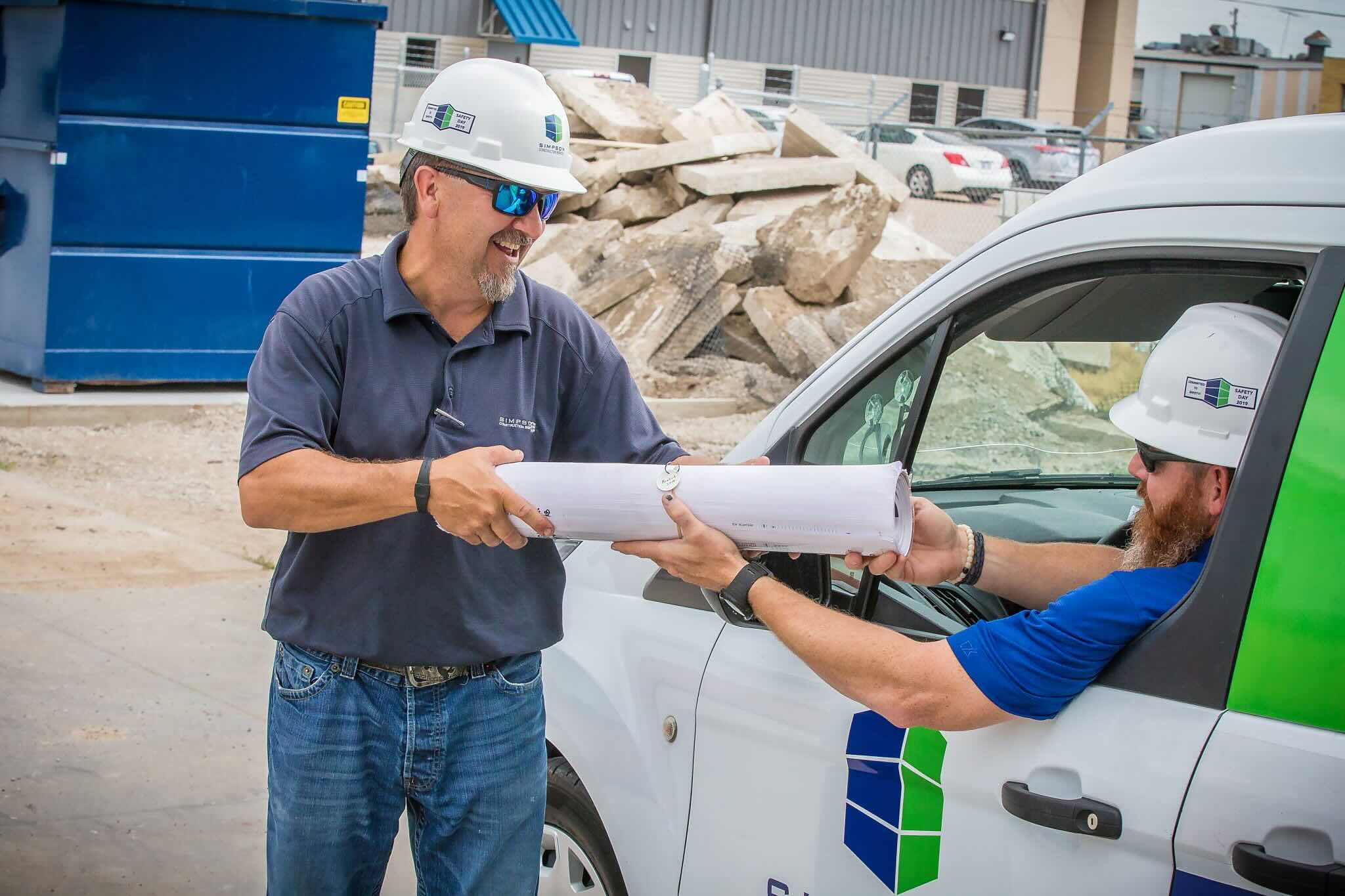

0 thoughts on “What Does A Flagger Do In Construction”